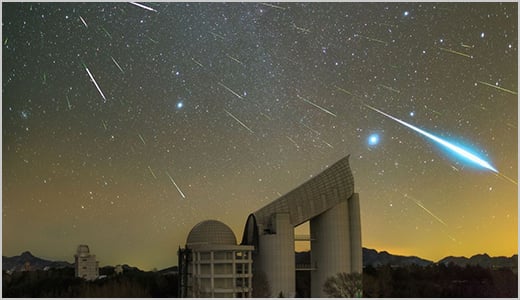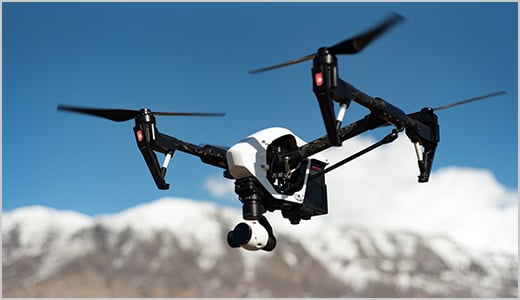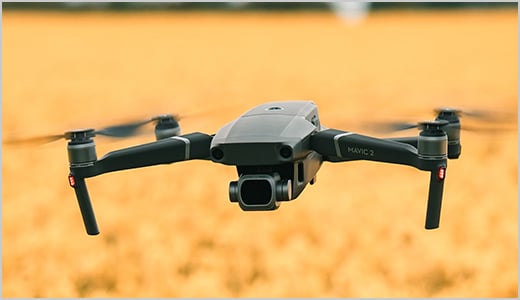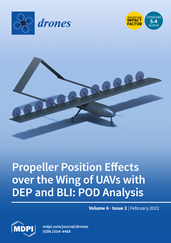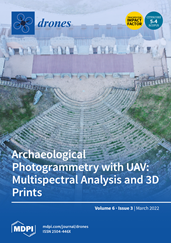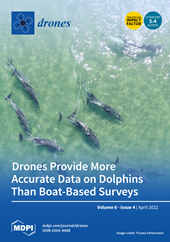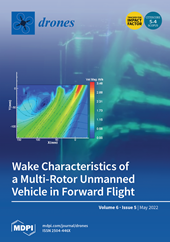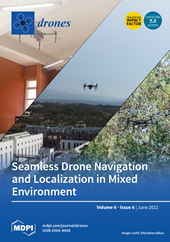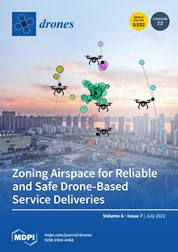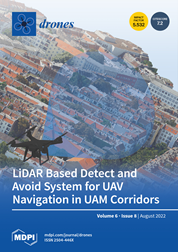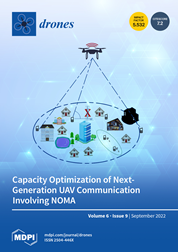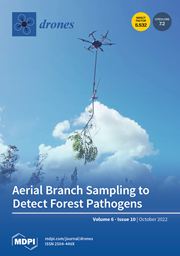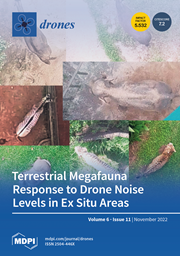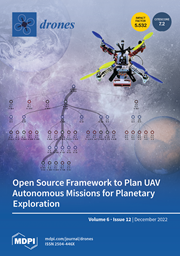
Journal Menu
► ▼ Journal Menu-
- Drones Home
- Aims & Scope
- Editorial Board
- Reviewer Board
- Topical Advisory Panel
- Instructions for Authors
- Special Issues
- Topics
- Sections & Collections
- Article Processing Charge
- Indexing & Archiving
- Editor’s Choice Articles
- Most Cited & Viewed
- Journal Statistics
- Journal History
- Journal Awards
- Conferences
- Editorial Office
Journal Browser
► ▼ Journal BrowserNeed Help?
Announcements
9 May 2023
Meet Us at the Japan Geoscience Union Meeting 2023 (JpGU 2023), 21–26 May 2023, Chiba, Japan

MDPI is attending the Japan Geoscience Union Meeting 2023 (JpGU 2023). The event will be held at the Makuhari Messe in Chiba, Japan, from 21 to 26 May 2023, and it is organized by the Japan Geoscience Union (JpGU). JpGU is an academic union that encompasses all the Earth and planetary science disciplines and related fields; additionally, it has been organizing annual meetings since 2005. JpGU 2023 will cover a wide range of Earth and planetary sciences, including space and planetary sciences, atmospheric and hydrospheric sciences, human geosciences, solid Earth sciences, and biogeosciences. The JpGU annual meeting provides participants with a good opportunity to become familiar with cutting-edge research and unique approaches to research objects within their own special field and beyond. Representatives of the following MDPI journals will be attending:
- Land;
- Remote Sensing;
- Minerals;
- Sustainability;
- Drones;
- Geographies;
- Climate;
- Geomatics;
- Geosciences;
- Water;
- Quaternary;
- Sensors;
- Earth.
If you are also attending this conference, please feel free to stop by our booth (#Pub05). Our delegates look forward to meeting you in person to answer any questions you may have. For more information about the conference, please visit: https://www.jpgu.org/meeting_e2023/.
21 April 2023
Topics Webinar | EO&GEO Series: Remote Sensing for Flood Risk and Hazard Management, Held on 11 May 2023

On 11 May 2023, MDPI and the journals Remote Sensing, Drones, Land and IJGI organized the webinar Remote Sensing for Flood Risk and Hazard Management.
The introduction was held by the Chair of the webinar, Dr. Guy Schumann, who holds academic research positions at the University of Colorado Boulder and the University of Bristol. He is also the Founder of RSS-Hydro, a European R&D company active in the areas of EO and computer modeling of water risks.
The first speaker to kick off this webinar was Dr. Laurence Hawker, who is a Senior Research Associate at the University of Bristol, specializing in global flood models and Digital Elevation Model data. He develops flood simulations and advances global datasets to support our understanding of current and future flood risks. Dr Hawker’s presentation was entitled “Generating a 30m Global Terrain Map and using them in Global Flood Models”.
The second presentation entitled “Satellite Monitoring of River Discharge and Its Use in Hydrological Applications” was held by Dr. Angelica Tarpanelli. Her research activities mainly regard the development and implementation of algorithms for hydrological and hydraulic applications through the leveraging of satellite sensors data. She is currently a Senior Researcher at the National Research Council, Research Institute for Geo-Hydrological Protection of (CNR-IRPI) in Perugia.
Dr. Patrick Matgen from the Luxembourg Institute of Science and Technology (LIST) was the third speaker, and his presentation was entitled “The Sentinel-1 Global Flood Monitoring system of the Copernicus Emergency Management Service”. His personal research interests include the assimilation of remote sensing-derived observations into hydrodynamic models and the assessment of flood hazard and risk at a large scale.
The webinar ended with a Q&A and discussion, moderated by the Chair.
Please note that this webinar is associated with the Topic titled “Advances in Earth Observation and Geosciences”. The deadline is 31 December 2023.
You can watch the recorded webinar below:
Webinar Chair and Keynote Speakers:
- Dr. Guy Schumann, School of Geographical Sciences, University of Bristol, Bristol, United Kingdom; Research and Education Department, RSS-Hydro, Dudelange, Luxembourg;
- Dr. Laurence Hawker, School of Geographical Sciences, University of Bristol, Bristol, United Kingdom;
- Dr. Angelica Tarpanelli, National Research Council, Research Institute for Geo-Hydrological Protection of (CNR-IRPI), Italy;
- Dr. Patrick Matgen, Luxembourg Institute of Science and Technology (LIST), Esch-Belval Esch-sur-Alzette, Luxembourg.
12 April 2023
2023 International Day of Human Space Flight
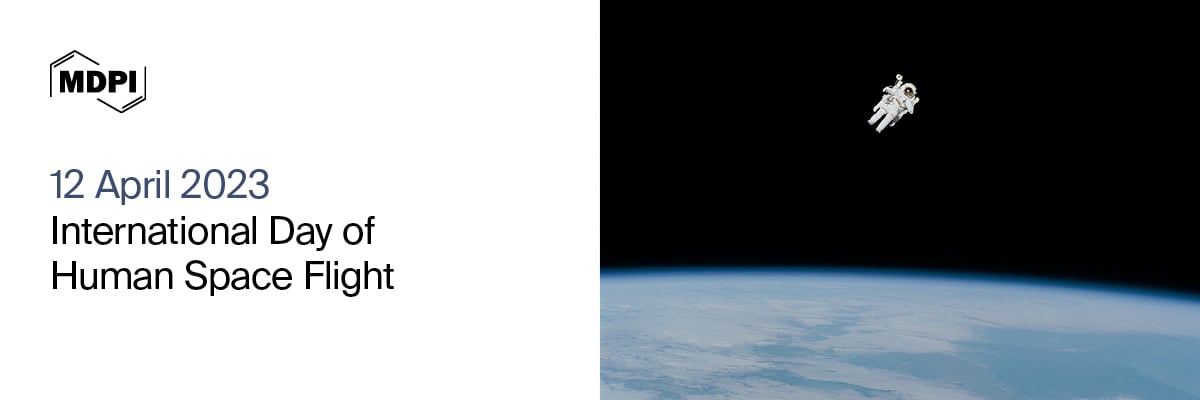
The International Day of Human Space Flight commemorates the first manned space flight by the Soviet citizen Yuri Gagarin on 12 April 1961. This day was declared the International Day of Human Space Flight in 2011 by the United Nations General Assembly resolution, to celebrate the beginning of the human space age. It reaffirms the important contribution of space science and technology in achieving sustainable development goals and increasing the well-being of countries and people, as well as ensuring the realization of their aspiration to preserve outer space for peaceful purposes.
In the course of human exploration of space, we have established many remarkable achievements and breakthrough milestones:
- In 1957, the first human-made Earth satellite, Sputnik I, was launched into outer space;
- In 1961, Yuri Gagarin became the first person to orbit the Earth;
- In 1969, Neil Armstrong became the first human to set foot upon the surface of the Moon;
- In 1996, the first spacecraft in human history successfully landed on Mars;
- In 1998, the International Space Station, a 16-nation international space program, launched for the first time;
- In 2009, the Kepler space telescope was launched, which has helped humans find thousands of exoplanets;
- In 2015, SpaceX successfully launched its Falcon 9 rocket and recovered the first stage.
To further explore the information about space on the 2023 International Day of Human Space Flight, we have gathered academic research from several journals on the topic of space flight, all of which are open access, enabling practitioners, policymakers and people around the world to access and share up-to-date scientific knowledge.
Let us celebrate the International Day of Human Space Flight together.

 |
 |
 |
 |
 |
 |
 |
 |
 |
 |
 |
 |


| Whirl Tower Demonstration of an SMA Blade Twist System Actuators 2022, 11(6), 141; https://doi.org/10.3390/act11060141 |
|
| A Tutorial and Review on Flight Control Co-Simulation Using Matlab/Simulink and Flight Simulators Automation 2022, 3(3), 486-510; https://doi.org/10.3390/automation3030025 |
|
| Reconfigurable Fault-Tolerant Control for Spacecraft Formation Flying Based on Iterative Learning Algorithms Appl. Sci. 2022, 12(5), 2485; https://doi.org/10.3390/app12052485 |
|
| Wilderness Search for Lost Persons Using a Multimodal Aerial-Terrestrial Robot Team Robotics 2022, 11(3), 64; https://doi.org/10.3390/robotics11030064 |
|
|
|
|
| Special Issue: Advances in CubeSat Sails and Tethers | Special Issue: Aerospace Mechanisms and Actuation |
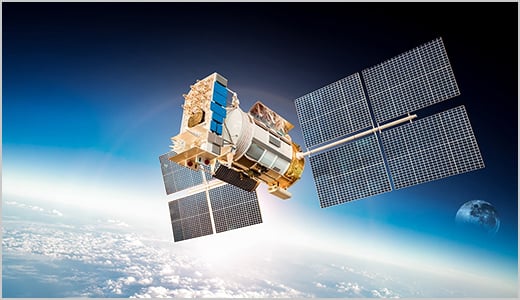 |
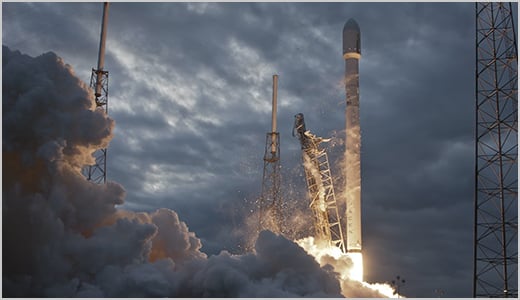 |
| Special Issue: Advanced Fault Diagnosis and Fault-Tolerant Control Technology of Spacecraft | Special Issue: Smart Sensors and Devices: Recent Advances and Applications |
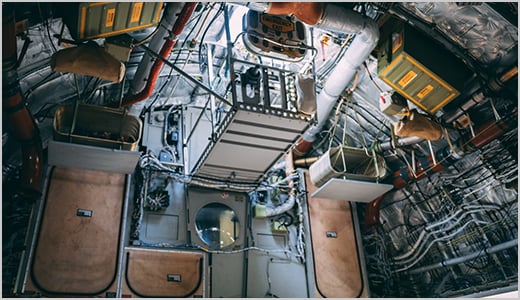 |
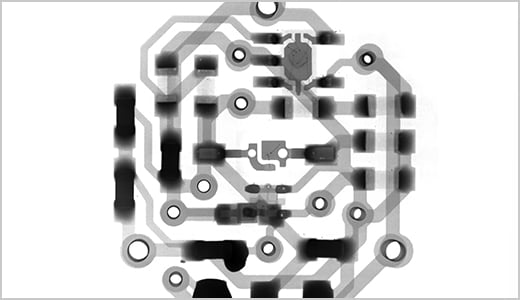 |


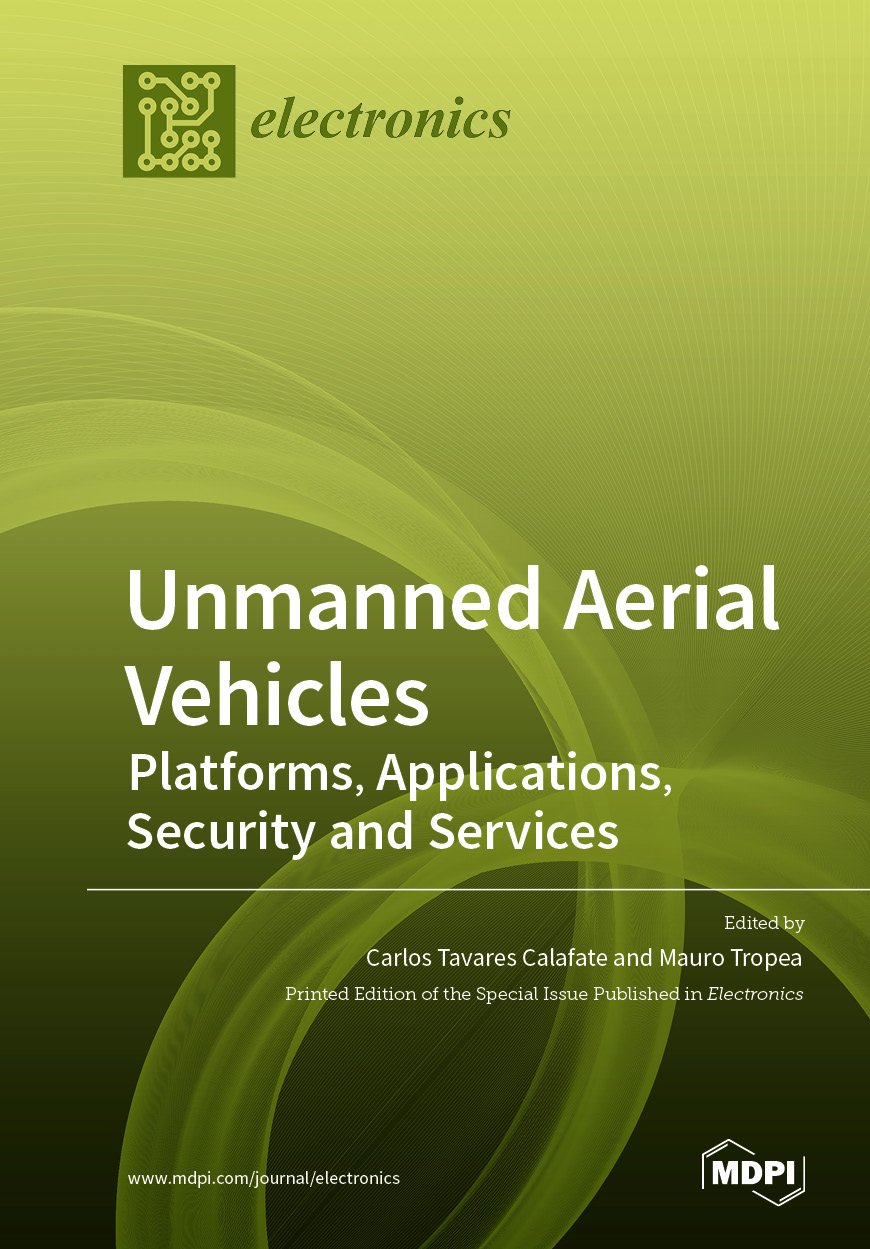 |
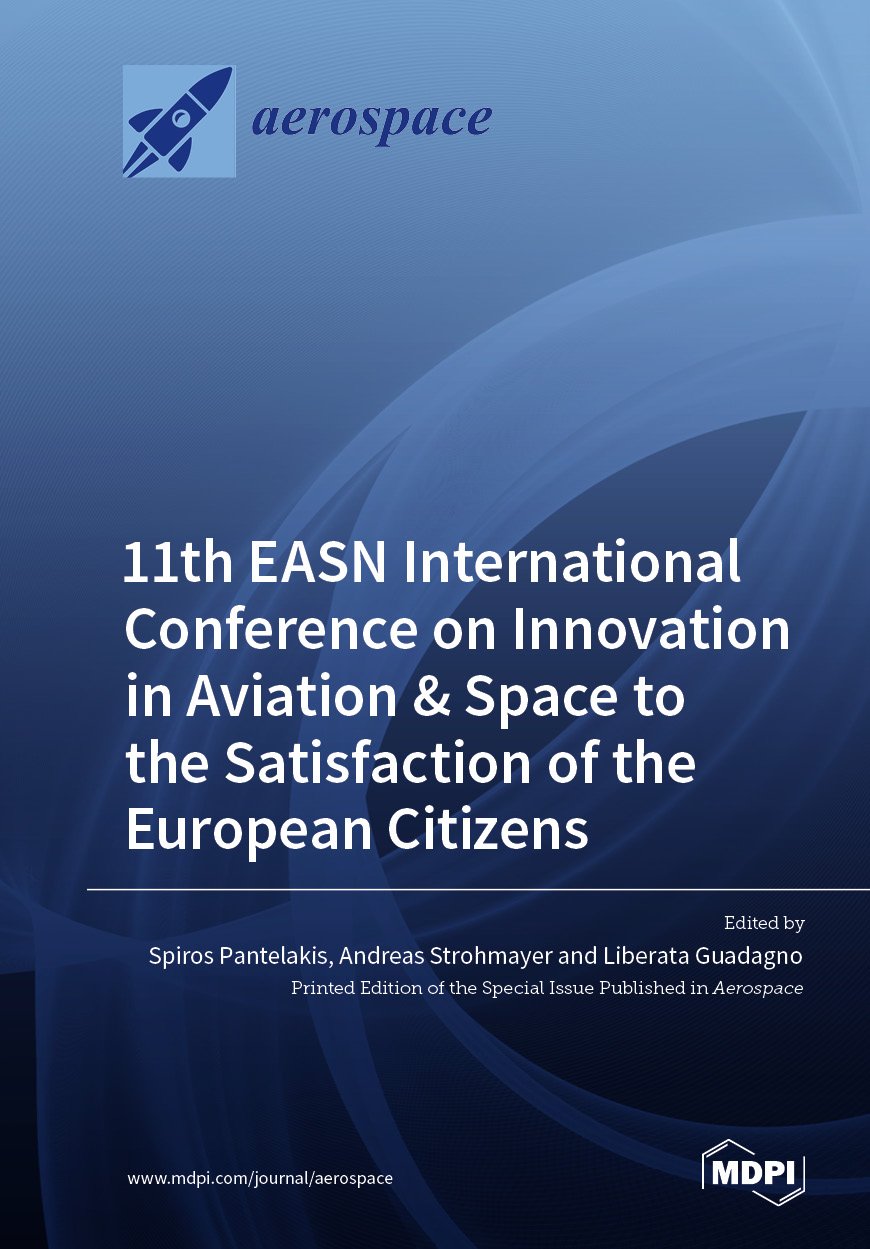 |
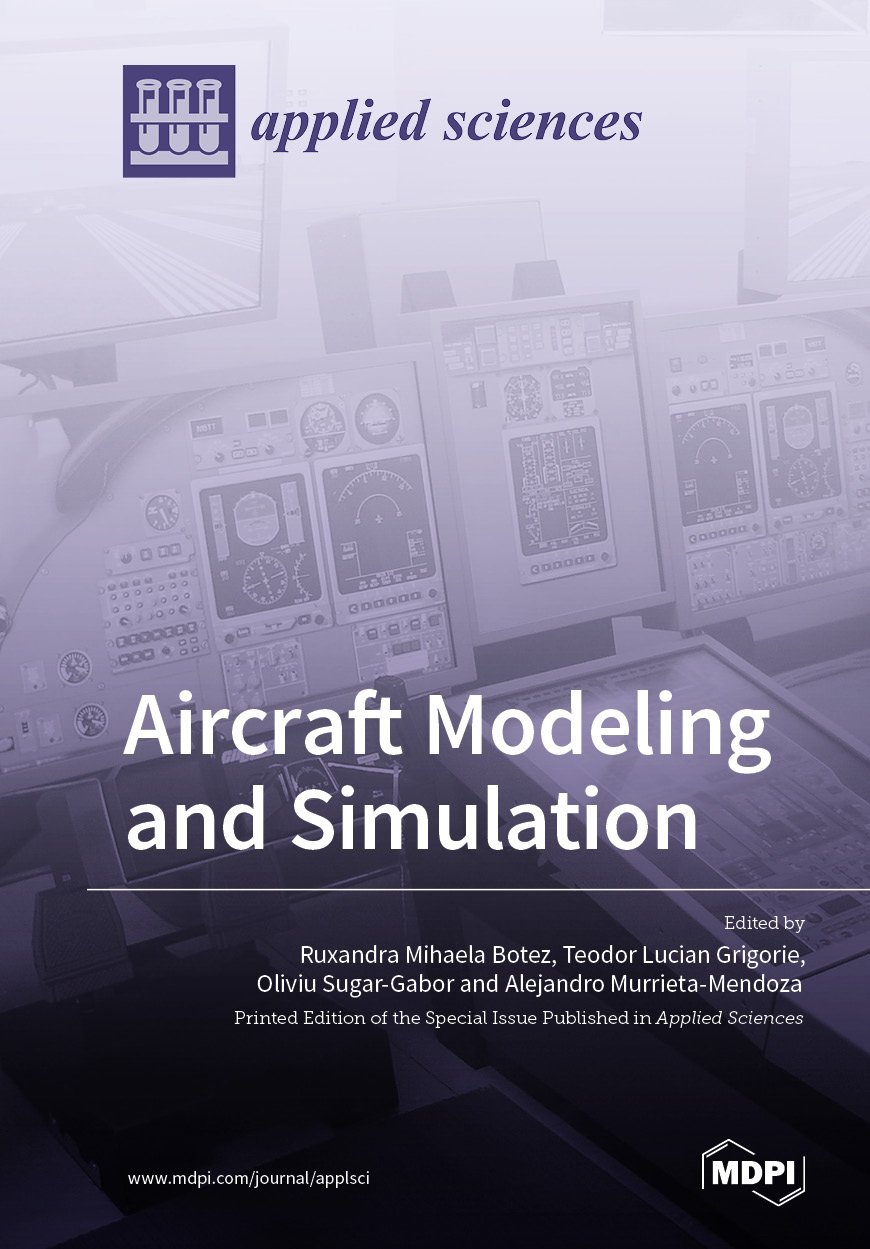 |
11 April 2023
Topics Webinar | EO&GEO Series: New Milestones in Drones—From New Drones Designs to Real-Time and Artificial Intelligence Applications, Held on 25 April 2023

On Tuesday, 25 April 2023, MDPI and the journals Remote Sensing, Drones, Land and IJGI organized the webinar entitled EO&GEO Series: New Milestones in Drones—from New Drones Designs to Real-Time and Artificial Intelligence Applications.
It is clear that drones have become an increasingly popular tool for mapping and surveying, with their ability to capture high-resolution and multi-sensor imagery. However, traditional mapping techniques often require significant time and effort to process the collected data before it can be used; therefore, real-time drone mapping offers a game-changing solution that is going to transform various application fields, such as emergency response or agriculture.
Thanks to our recognized speakers, we had the opportunity to share with the audience novel insights into drone technology, from real-time mapping applications and novel drone designs to close to market vertical solutions in agriculture.
Please note that this webinar is associated with the Topic titled “Advances in Earth Observation and Geosciences”. The deadline is 31 December 2023.
You can watch the recorded webinar here:
Webinar Chairs and Keynote Speakers:
- Dr. Diego González-Aguilera (Chair), Cartographic and Land Engineering Department, Higher Polytechnic School of Avila, University of Salamanca, Salamanca, Spain;
- Pablo Rodríguez-Gonzálvez (Chair), Department of Mining Technology, Topography and Structures, University of León, Ponferrada, Spain;
- Dr. Francesco Nex, Earth Observation Science (ESO) Department, ITC Faculty, University of Twente, Enschede, the Netherlands;
- Katerina Margarita, Acceligence Hellas Ltd, Greece;
- Mr. Xavier Silva Garcia, Hemav Technology SL., Spain
23 March 2023
Dr. Pablo Rodríguez-Gonzálvez Appointed Section Editor-in-Chief of Section “Innovative Urban Mobility” in Drones

We are pleased to announce that Dr. Pablo Rodríguez-Gonzálvez has been appointed Editor-in-Chief of the Section “Innovative Urban Mobility” in Drones (ISSN: 2504-446X).
Dr. Pablo Rodríguez Gonzálvez is a surveyor (2004), a geodesist and a cartographer (2006), who obtained his Ph.D. in 2011 and worked at the University of Salamanca, Spain, for 8 years, joined the University of León, Spain, in 2017, and continues to be an Associate Professor in the Geomatics field. His research career is supported not only by the publication of articles in scientific journals, communications in international conferences, book chapters, and edition of books, but also by university‒business knowledge transfer, in the form of projects, patents, and software development related to the application of Geomatics in different disciplines. Furthermore, his participation in multiple R&D projects at international levels, all of them related to Geomatics, are noteworthy. As a result, his research has been awarded at the national level by different institutions. His primary research field is the application of Geomatics techniques, mainly photogrammetry and laser scanner, 3D modeling, and radiometric analyses. These lines of research led him to collaborate in multiple fields, including industrial engineering, cultural heritage, and forest management. He has been a member of the National Management Committee of COST Action CA16219 (“Harmonization of UAS techniques for agricultural and natural ecosystems monitoring”), from 2017 to 2022, and an Editorial Board Member of Drones since 2017.
The following is a short Q&A with Dr. Pablo Rodríguez-Gonzálvez, who shared his vision for the Section with us as well as his views on the research area:
1. What appealed to you about the journal that made you want to take the role as its Section Editor-in-Chief?I have been involved in the journal Drones since its foundation, and during this journey, I found it a fulfilling experience, not only in the interaction with colleagues during the peer-review process but also with the publisher during the editorial process.
In my new role as a Section Editor-in-Chief, I intend to help the journal to increase the visibility of new trends related to drones, emphasizing autonomous vehicles and their relationship with urban mobility and smart cities. In addition, I will also be involved in the continuous improvement of the journal’s quality.
2. What is your vision for the Section?With this new Section, I expect to help the journal to continue its growth in terms of the number of articles and their quality, while addressing innovative topics.
3. What does the future of this field of research look like?Drones are a key element in the development of the new paradigm of urban mobility, as well as the transportation of passengers and goods. However, we are at a very early stage where we must overcome several challenges before the complete adoption of this new paradigm. In this line, researchers from universities, administrations, and companies are being very active, so new findings and advances are expected in the following years on this topic.
4. What do you think of the development of Open Access in the publishing field?Open Access improves the visibility, accessibility, and impact of research work on other colleagues, the university community, and society in general. Moreover, it favors the authors’ recognition and improves the positioning of their work. Therefore, I consider it to be the future of science.
5. Who should contribute to this Section?All researchers involved in drone, aerial or terrestrial research with cutting-edge, interdisciplinary research and/or innovative trends are welcome.
We warmly welcome Dr. Pablo Rodríguez-Gonzálvez as the Section Editor-in-Chief of “Innovative Urban Mobility”, and we look forward to achieving many milestones under his leadership.
13 March 2023
MDPI’s Newly Launched Journals in December 2022
As a leading open access publisher, MDPI provides scholars with a high-quality and rich academic exchange platform by continuously expanding into new and exciting research areas.
In December 2022, MDPI launched five new journals, covering multiple subjects such as life sciences, biology, medicine and pharmacology, social sciences and humanities. These new journals are being edited by established scholars across the world.
|
Journal |
Founding Editor-in-Chief |
Journal Topics (Selected) |
|
Prof. Dr. Fabio Gresta, University of Messina, Italy| Editorial | view inaugural issue |
grass/forage/turf production; grassland management; pasture monitoring; grazing and livestock; grass agro-ecosystems| view journal scope | submit an article |
|
|
Prof. Dr. Christos G. Athanassiou, University of Thessaly, Greece| Editorial | view inaugural issue |
pesticides; fungicides; herbicides; fertilizers; soil conditioners| view journal scope | submit an article |
|
|
Prof. Dr. Stephen H. Safe, Texas A&M University, USA| Editorial | view inaugural issue |
receptor structure; receptor function; receptor signaling; receptor expression and regulation; receptor interactions with drugs| view journal scope | submit an article |
|
|
Dr. Jean Jacques Vanden Eynde, University of Mons-UMONS, Belgium| Editorial | view inaugural issue |
drug discovery; medicinal chemistry; preclinical and clinical research; marketed drugs; intellectual property and regulatory affairs| view journal scope | submit an article |
|
|
Prof. Dr. Heather Kanuka, University of Alberta, Canada| Editorial | view inaugural issue |
higher education; tertiary education; policy and practice in higher education; educational leadership in higher education; educational administration and management in higher education| view journal scope | submit an article |
If you are interested in creating more open access journals with us to publish cutting-edge research, please send your journal proposal application to newjournal-committee@mdpi.com.
7 March 2023
Displaying Co-Authors’ Email Addresses on the Webpage of Published Papers
MDPI is pleased to announce that we now display the co-authors’ email addresses in addition to the corresponding author’s email address on the webpage of published papers, protected by Captcha. For more information about this change, please visit the journal’s instructions for authors page.
We believe this change will facilitate academic discussions and advance our cause of open science and research. The corresponding authors are responsible for communicating with their co-authors and indicating in our system (https://susy.mdpi.com/) if co-authors would prefer for their email addresses not to be displayed.
23 February 2023
Drones | Issue Cover Articles in 2022
The articles below have been selected as 2022 Issue Cover Articles by the Editorial Office of Drones (ISSN: 2504-446X). These articles came from multiple fields within the scope of Drones. We hope they can provide insights and references for scholars in related fields.
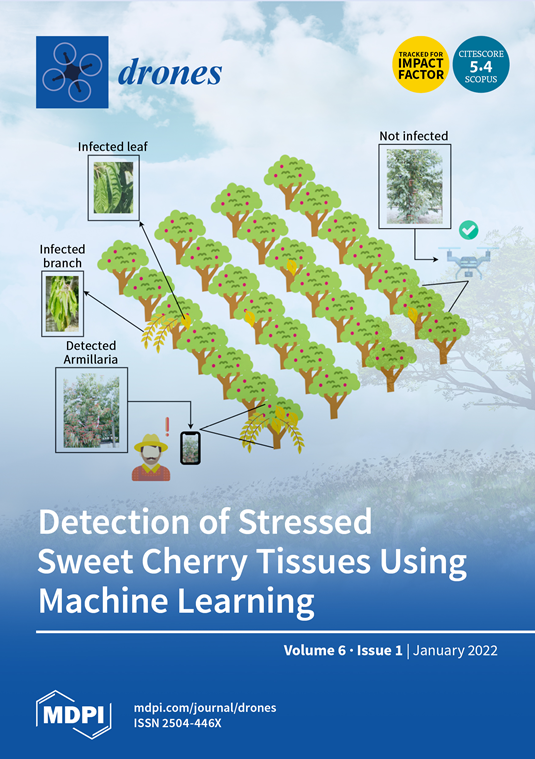 |
1. Detection and Characterization of Stressed Sweet Cherry Tissues Using Machine Learning” by Christos Chaschatzis, Chrysoula Karaiskou, Efstathios G. Mouratidis, Evangelos Karagiannis and Panagiotis G. Sarigiannidis Drones 2022, 6(1), 3; https://doi.org/10.3390/drones6010003 Available online: https://www.mdpi.com/2504-446X/6/1/3 |
|
|
|
|
|
|
|
3. “Examples and Results of Aerial Photogrammetry in Archeology with UAV: Geometric Documentation, High Resolution Multispectral Analysis, Models and 3D Printing” by José Ignacio Fiz, Pere Manel Martín, Rosa Cuesta, Eva Subías, Dolors Codina and Antoni Cartes Drones 2022, 6(3), 59; https://doi.org/10.3390/drones6030059 Available online: https://www.mdpi.com/2504-446X/6/3/59 |
|
|
|
|
|
|
|
5. “Wake Propagation and Characteristics of a Multi-Rotor Unmanned Vehicle in Forward Flight” by Glen Throneberry, Adam Takeshita, Christopher Michael Hocut, Fangjun Shu and Abdessattar Abdelkefi Drones 2022, 6(5), 130; https://doi.org/10.3390/drones6050130 Available online: https://www.mdpi.com/2504-446X/6/5/130 |
|
|
|
6. “A ROS Multi-Tier UAV Localization Module Based on GNSS, Inertial and Visual-Depth Data” by Angelos Antonopoulos, Michail G. Lagoudakis and Panagiotis Partsinevelos Drones 2022, 6(6), 135; https://doi.org/10.3390/drones6060135 Available online: https://www.mdpi.com/2504-446X/6/6/135 |
|
|
|
7. “Systemic Performance Analysis on Zoning for Unmanned Aerial Vehicle-Based Service Delivery” by Casper Bak Pedersen, Kasper Rosenkrands, Inkyung Sung and Peter Nielsen Drones 2022, 6(7), 157; https://doi.org/10.3390/drones6070157 Available online: https://www.mdpi.com/2504-446X/6/7/157 |
|
|
|
8. “LiDAR Based Detect and Avoid System for UAV Navigation in UAM Corridors” by Enrique Aldao, Luis M. González-de Santos and Higinio González-Jorge Drones 2022, 6(8), 185; https://doi.org/10.3390/drones6080185 Available online: https://www.mdpi.com/2504-446X/6/8/185 |
|
|
|
9. “Capacity Optimization of Next-Generation UAV Communication Involving Non-Orthogonal Multiple Access” by Mubashar Sarfraz, Muhammad Farhan Sohail, Sheraz Alam, Muhammad Javvad ur Rehman, Sajjad Ahmed Ghauri, Khaled Rabie, Hasan Abbas and Shuja Ansari Drones 2022, 6(9), 234; https://doi.org/10.3390/drones6090234 Available online: https://www.mdpi.com/2504-446X/6/9/234 |
|
|
|
10. “Aerial Branch Sampling to Detect Forest Pathogens” by Ryan L. Perroy, Philip Meier, Eszter Collier, Marc A. Hughes, Eva Brill, Timo Sullivan, Thomas Baur, Nina Buchmann and Lisa M. Keith Drones 2022, 6(10), 275; https://doi.org/10.3390/drones6100275 Available online: https://www.mdpi.com/2504-446X/6/10/275 |
|
|
|
11. “Terrestrial Megafauna Response to Drone Noise Levels in Ex Situ Areas” by Geison Pires Mesquita, Margarita Mulero-Pázmány, Serge A. Wich and José Domingo Rodríguez-Teijeiro Drones 2022, 6(11), 333; https://doi.org/10.3390/drones6110333 Available online: https://www.mdpi.com/2504-446X/6/11/333 |
|
|
|
12. “UAV4PE: An Open-Source Framework to Plan UAV Autonomous Missions for Planetary Exploration” by Julian Galvez-Serna, Fernando Vanegas, Shahzad Brar, Juan Sandino, David Flannery and Felipe Gonzalez Drones 2022, 6(12), 391; https://doi.org/10.3390/drones6120391 Available online: https://www.mdpi.com/2504-446X/6/12/391 |
22 February 2023
Drones | Top 10 Downloaded Papers in 2021–2022
1. “Development of a Solar-Powered Unmanned Aerial Vehicle for Extended Flight Endurance”
by Yauhei Chu, Chunleung Ho, Yoonjo Lee and Boyang Li
Drones 2021, 5(2), 44; https://doi.org/10.3390/drones5020044
Available online: https://www.mdpi.com/2504-446X/5/2/44
2. “Flying Free: A Research Overview of Deep Learning in Drone Navigation Autonomy”
by Thomas Lee, Susan Mckeever and Jane Courtney
Drones 2021, 5(2), 52; https://doi.org/10.3390/drones5020052
Available online: https://www.mdpi.com/2504-446X/5/2/52
3. “Numerical Fluid Dynamics Simulation for Drones’ Chemical Detection”
by Fabio Marturano, Luca Martellucci, Andrea Chierici, Andrea Malizia, Daniele Di Giovanni, Francesco d’Errico, Pasquale Gaudio and Jean-Franҫois Ciparisse
Drones 2021, 5(3), 69; https://doi.org/10.3390/drones5030069
Available online: https://www.mdpi.com/2504-446X/5/3/69
4. “Operational Study of Drone Spraying Application for the Disinfection of Surfaces against the COVID-19 Pandemic”
by Higinio González Jorge, Luis Miguel González de Santos, Noelia Fariñas Álvarez, Joaquin Martínez Sánchez and Fermin Navarro Medina
Drones 2021, 5(1), 18; https://doi.org/10.3390/drones5010018
Available online: https://www.mdpi.com/2504-446X/5/1/18
5. “Drone-Based Non-Destructive Inspection of Industrial Sites: A Review and Case Studies”
by Parham Nooralishahi, Clemente Ibarra-Castanedo, Shakeb Deane, Fernando López, Shashank Pant, Marc Genest, Nicolas P. Avdelidis and Xavier P. V. Maldague
Drones 2021, 5(4), 106; https://doi.org/10.3390/drones5040106
Available online: https://www.mdpi.com/2504-446X/5/4/106
6. “Unmanned Aerial Vehicles for Magnetic Surveys: A Review on Platform Selection and Interference Suppression”
by Yaoxin Zheng, Shiyan Li, Kang Xing and Xiaojuan Zhang
Drones 2021, 5(3), 93; https://doi.org/10.3390/drones5030093
Available online: https://www.mdpi.com/2504-446X/5/3/93
7. “Simultaneous Localization and Mapping (SLAM) and Data Fusion in Unmanned Aerial Vehicles: Recent Advances and Challenges”
by Abhishek Gupta and Xavier Fernando
Drones 2022, 6(4), 85; https://doi.org/10.3390/drones6040085
Available online: https://www.mdpi.com/2504-446X/6/4/85
8. “Urban Air Mobility: Systematic Review of Scientific Publications and Regulations for Vertiport Design and Operations”
by Karolin Schweiger and Lukas Preis
Drones 2022, 6(7), 179; https://doi.org/10.3390/drones6070179
Available online: https://www.mdpi.com/2504-446X/6/7/179
9. “Comprehensive Review of UAV Detection, Security, and Communication Advancements to Prevent Threats”
by Ghulam E. Mustafa Abro, Saiful Azrin B. M. Zulkifli, Rana Javed Masood, Vijanth Sagayan Asirvadam and Anis Laouti
Drones 2022, 6(10), 284; https://doi.org/10.3390/drones6100284
Available online: https://www.mdpi.com/2504-446X/6/10/284
10. “Drones in B5G/6G Networks as Flying Base Stations”
by Georgios Amponis, Thomas Lagkas, Maria Zevgara, Georgios Katsikas, Thanos Xirofotos, Ioannis Moscholios and Panagiotis Sarigiannidis
Drones 2022, 6(2), 39; https://doi.org/10.3390/drones6020039
Available online: https://www.mdpi.com/2504-446X/6/2/39
22 February 2023
Drones | Top 10 Cited Papers in 2021–2022
1. “Monitoring Onion Crop “Cipolla Rossa di Tropea Calabria IGP” Growth and Yield Response to Varying Nitrogen Fertilizer Application Rates Using UAV Imagery”
by Gaetano Messina, Salvatore Praticò, Giuseppe Badagliacca, Salvatore Di Fazio, Michele Monti and Giuseppe Modica
Drones 2021, 5(3), 61; https://doi.org/10.3390/drones5030061
Available online: https://www.mdpi.com/2504-446X/5/3/61
2. “Unmanned Aerial Vehicles for Wildland Fires: Sensing, Perception, Cooperation and Assistance”
by Moulay A. Akhloufi, Andy Couturier and Nicolás A. Castro
Drones 2021, 5(1), 15; https://doi.org/10.3390/drones5010015
Available online: https://www.mdpi.com/2504-446X/5/1/15
3. “Towards the Unmanned Aerial Vehicles (UAVs): A Comprehensive Review”
by Syed Agha Hassnain Mohsan, Muhammad Asghar Khan, Fazal Noor, Insaf Ullah and Mohammed H. Alsharif
Drones 2022, 6(6), 147; https://doi.org/10.3390/drones6060147
Available online: https://www.mdpi.com/2504-446X/6/6/147
4. “Automated Drone Detection Using YOLOv4”
by Subroto Singha and Burchan Aydin
Drones 2021, 5(3), 95; https://doi.org/10.3390/drones5030095
Available online: https://www.mdpi.com/2504-446X/5/3/95
5. “UAV Computing-Assisted Search and Rescue Mission Framework for Disaster and Harsh Environment Mitigation”
by Saeed Hamood Alsamhi, Alexey V. Shvetsov, Santosh Kumar, Svetlana V. Shvetsova, Mohammed A. Alhartomi, Ammar Hawbani, Navin Singh Rajput, Sumit Srivastava, Abdu Saif and Vincent Omollo Nyangaresi
Drones 2022, 6(7), 154; https://doi.org/10.3390/drones6070154
Available online: https://www.mdpi.com/2504-446X/6/7/154
6. “Visual SLAM for Indoor Livestock and Farming Using a Small Drone with a Monocular Camera: A Feasibility Study”
by Sander Krul, Christos Pantos, Mihai Frangulea and João Valente
Drones 2021, 5(2), 41; https://doi.org/10.3390/drones5020041
Available online: https://www.mdpi.com/2504-446X/5/2/41
7. “Of Course We Fly Unmanned—We’re Women! ”
by Karen E. Joyce, Karen Anderson and Renee E. Bartolo
Drones 2021, 5(1), 21; https://doi.org/10.3390/drones5010021
Available online: https://www.mdpi.com/2504-446X/5/1/21
8. “Wildfire Monitoring Based on Energy Efficient Clustering Approach for FANETS ”
by Salil Bharany, Sandeep Sharma, Jaroslav Frnda, Mohammed Shuaib, Muhammad Irfan Khalid, Saddam Hussain, Jawaid Iqbal and Syed Sajid Ullah
Drones 2022, 6(8), 193; https://doi.org/10.3390/drones6080193
Available online: https://www.mdpi.com/2504-446X/6/8/193
9. “UAV-Enabled Mobile Edge-Computing for IoT Based on AI: A Comprehensive Review ”
by Yassine Yazid, Imad Ez-Zazi, Antonio Guerrero-González, Ahmed El Oualkadi and Mounir Arioua
Drones 2021, 5(4), 148; https://doi.org/10.3390/drones5040148
Available online: https://www.mdpi.com/2504-446X/5/4/148
10. “Drone Swarms in Fire Suppression Activities: A Conceptual Framework”
by Elena Ausonio, Patrizia Bagnerini and Marco Ghio
Drones 2021, 5(1), 17; https://doi.org/10.3390/drones5010017
Available online: https://www.mdpi.com/2504-446X/5/1/17




